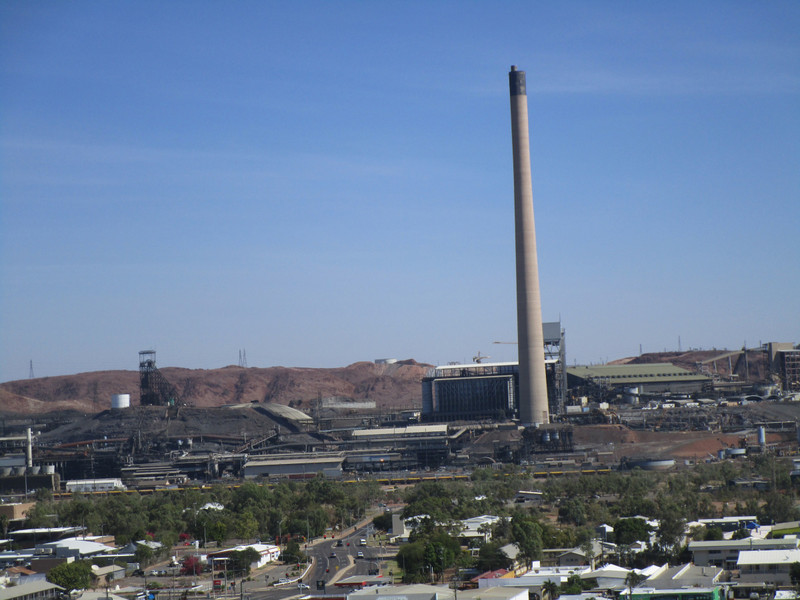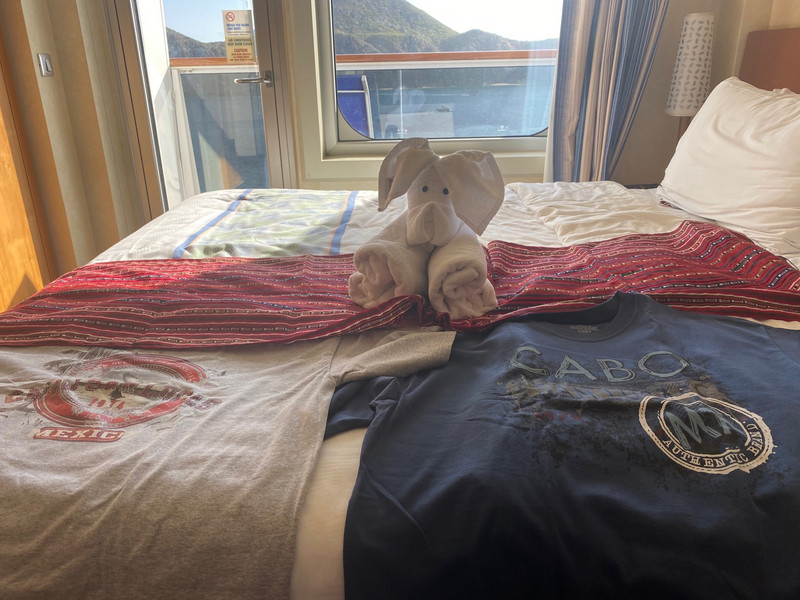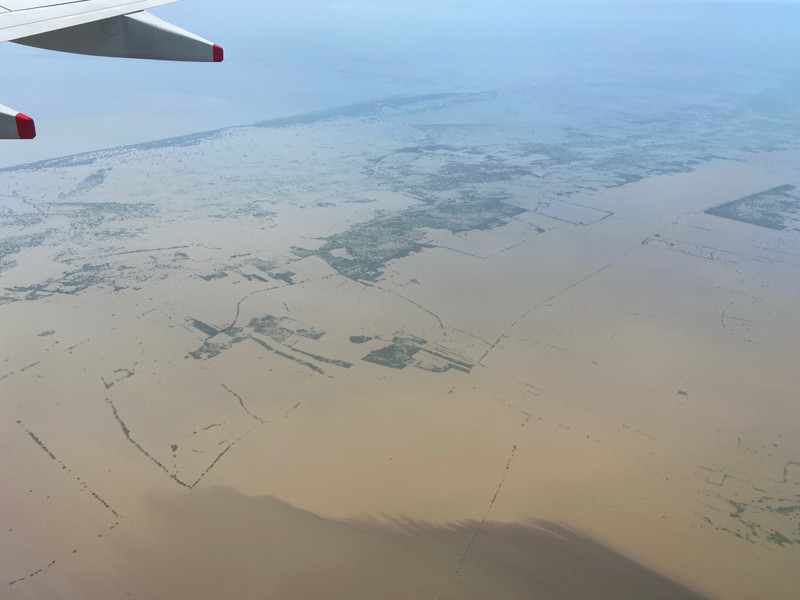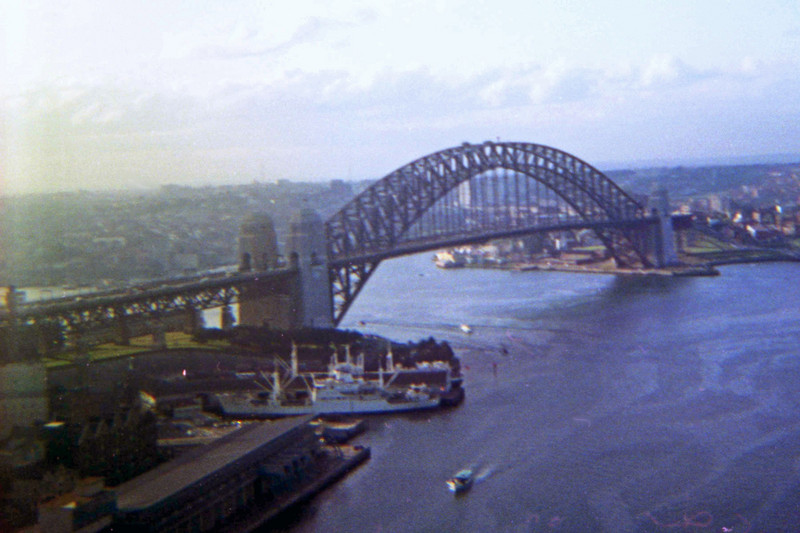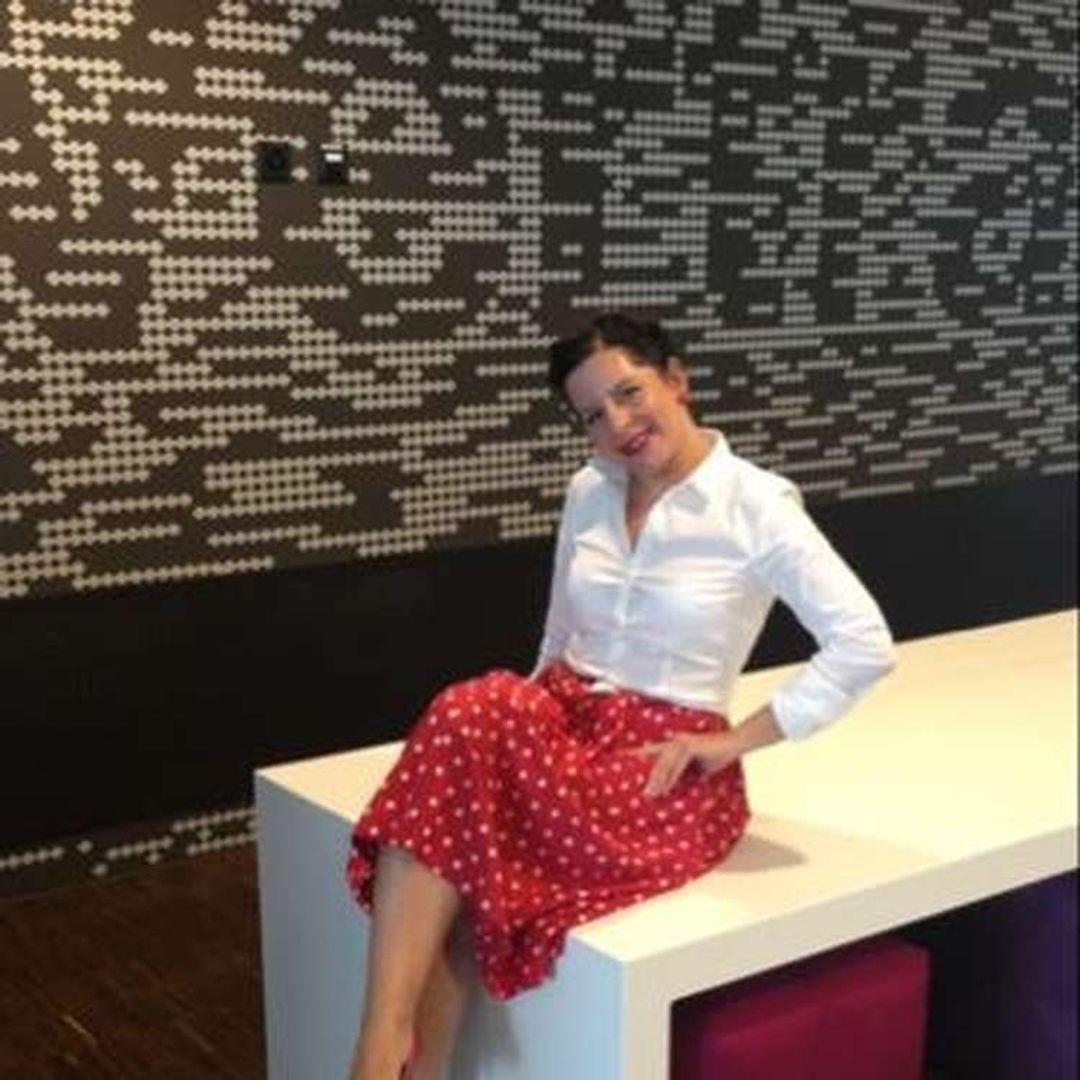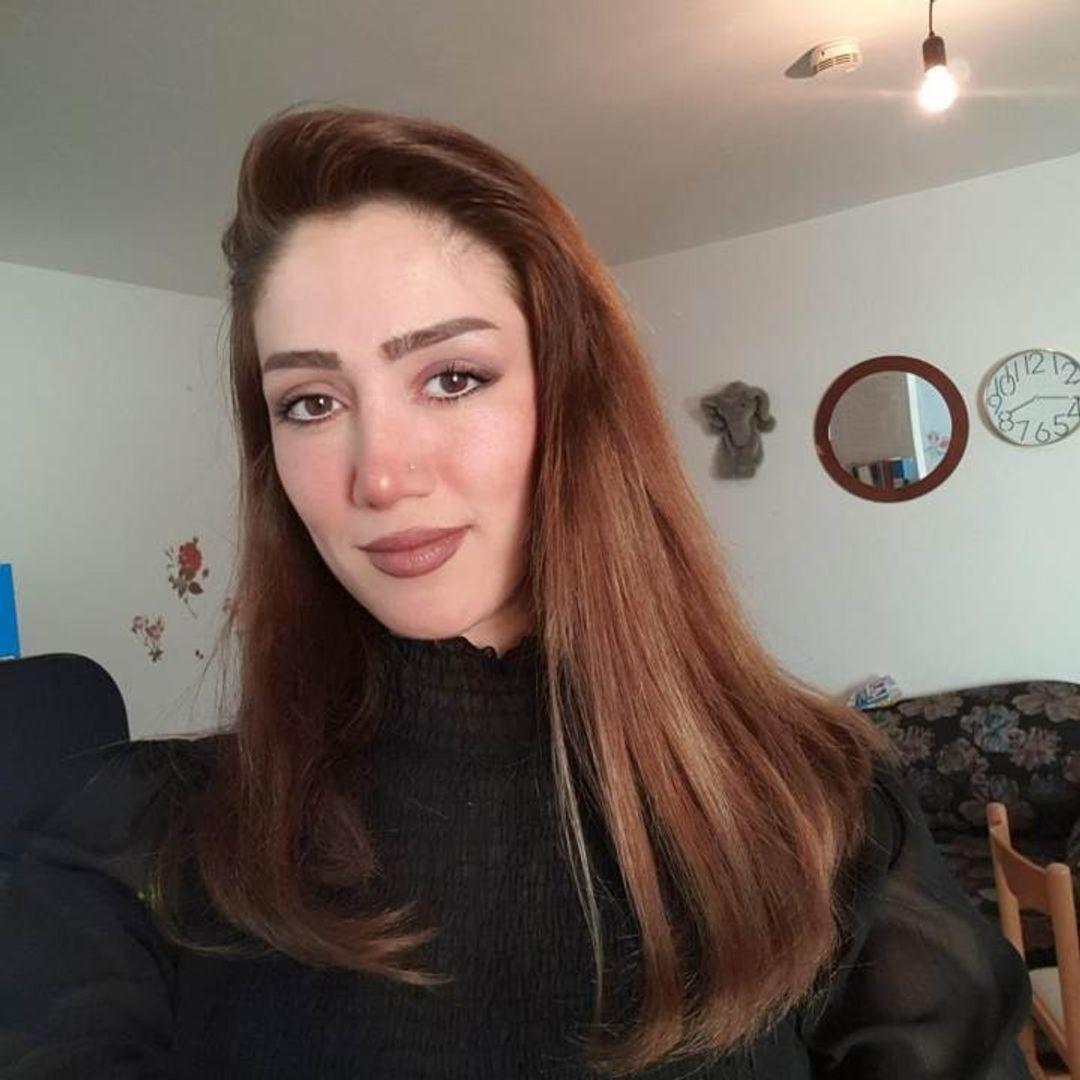Mt Isa is a big mining town and has been at the cutting edge (pardon the pun) of mining technology for many decades. The area is extremely rich in silver, lead, zinc and especially copper deposits. In 1923 it was found to be the richest seam of lead zinc in the world when an itinerant prospector chanced upon some weighty rocks. He took them to nearby Cloncurry for analysis to be told they were up to 78% He staked his claim on 42 acres, named it Mt Isa and it remains one of the worlds most productive single mines.
– Mt Isa Mines – came into being in 1924 but today it is owned by a Glencore and boasts both open cut and underground mines. They currently mine ½ million tonnes of lead and zinc per year and around 265,000 tonnes of copper.
With the mines still being fully functional operations a purpose built tourist facility was built and named the Hard Times Mine for the prospectors trusty horse. It is situated within the Tourist Info Centre and tours are conducted by retired or working miners who take you on
a 1.5km journey through several tunnels, 15mtres underground, depicting what life was like before modern technology changed the face of mining today.
Our group (of 23) were all togged up in bright orange paper overalls, given a hard hat and headlamp and fitted out with a pair of wellies. There was a quick photo opportunity before descending via the Alimak Cage, the steel elevator to transport miners below the surface. Headlamps blazing we were soon walking our way around the labyrinth of tunnels.
At one point it was headlamps off to experience the absolute darkness. There was no adjusting to the lack of light, you couldnt see anything in front of you – just as it would have been when a candle blew out many years ago.
There were pieces of equipment – track, trolleys, drills with tungsten carbide tips, ventilation machines, buckets and scoops, large machinery – that have all been brought down to the mine to simulate the activity that would have taken place. Everyone got the opportunity to drill a hole with an driven leg drill and the force, speed and vibration shook us about .
We were told how all the holes would be drilled and numbered in a particular sequence so that when detonation took place the rock and rubble would fall correctly allowing for an easier clean up. Back in the day miners were paid piecemeal for the number of They worked 12hr shifts 7:30 to 7:30 so barely saw the light of day. Once the holes had been drilled and primed they would walk the wires back to a Crib Room and once all of the sessions miners had hung their metal tags to say they were in a safe zone the wires would be connected up ready for detonation.
Today, fully equipped with water, food, oxygen, telephone, blankets, first aid, toilet and cots, ERBs (Emergency Refuge Bunkers) are positioned near all of the vertical ventilation tunnels. Our (6years) retired miner guide, Ian, proudly told us that in his day, and I believe to this present day, not one of these ERBs has been put to the test.
for the miners away from the ore body where they could enjoy a meal break and a game of cards perhaps - a simulated detonation was conducted. The echo was tremendous and the walls shook as we heard the explosions one after the other. Whilst in the Crib we were given our meal of a hot cup of tea/coffee and a very tasty pasty; something none of us on the tour expected, but it was the perfect finishing touch.
After 2 1/2hrs we were taken back up to the surface via an open Toyota troupie. Handing back our headlamps and helmets we took our name tags off the wall and collected our photographic memento – we all looked like orange Oompa Loompas in our oversized overalls – haha
Cameras/Photos are not permitted in the mine, so the black and white photographs are of images from yesteryear as displayed in the Tourist Info Centre.
